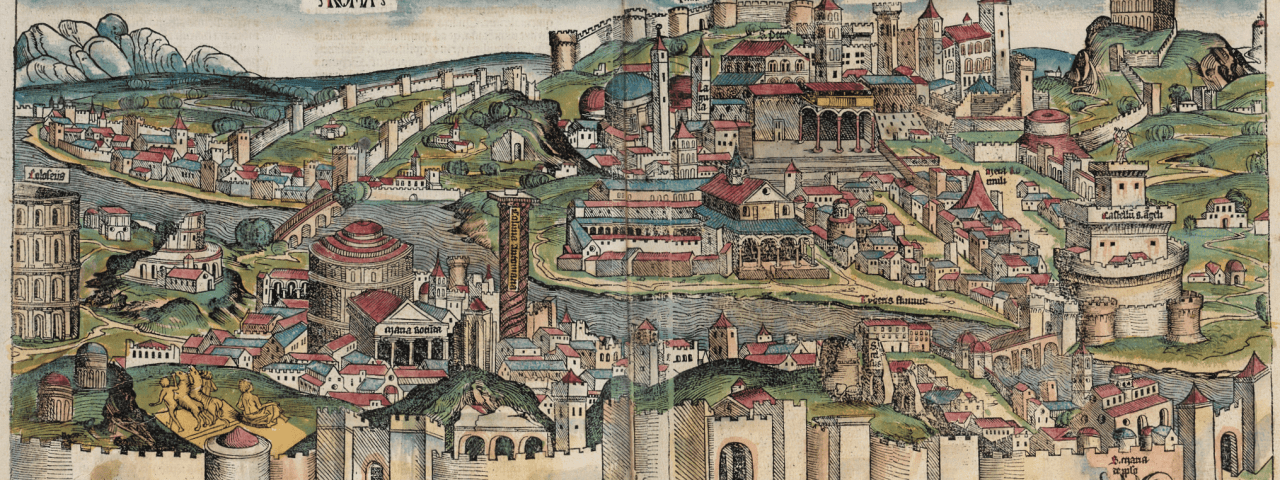SCISMA: The papal curia and ecclesiastical institutions of Rome in the Great Western Schism (1378-1417)
SCISMA studies how Rome survived the greatest crisis of the late medieval church. Roman popes of the Great Western Schism (1378–1417) are counted into the official continuum of the papacy, but this retrospective view blurs the fact that the Roman party was in a deep crisis. Most of the competent administration joined the French Pope Clement VII in Avignon, and Urban VI was left in Rome with
a skeleton staff. A comparable blow hit the religious orders that operated directly under the pope: the influential French provinces and the University of Paris backed up Clement VII.
At the same time, the crisis opened new opportunities. Rome was open for new ideas and loyal men could advance in ecclesiastical career. SCISMA focuses on 1) how the Roman curia rebuilt its administration and practices, 2) how religious orders and churches in Rome defended their authority and sought political alliances, 3) what strategies new groups and individuals used in the crisis to raise
their status within the church.
Strategies of survival: The papal curia and ecclesiastical institutions of Rome in the Great Western Schism (1378–1417) (SCISMA) is five years’ research project (2019–2024) funded by the Academy of Finland and based at the University of Turku.
Project team:
Prof. Kirsi Salonen, PI
Dr. Teemu Immonen, researcher
Dr. Marika Räsänen, researcher
Dr. Reima Välimäki, researcher
Anni Hella, postgraduate researcher
The project website provides information about the project, its forthcoming events and publications. If you’re interested in collaboration, please contact us.
